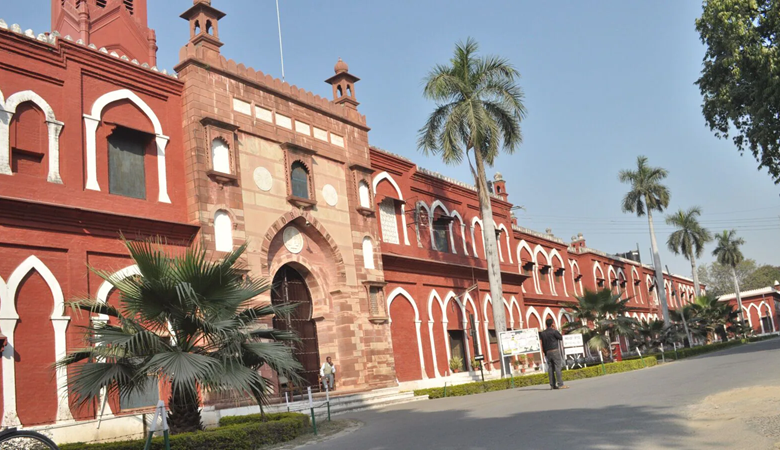Does Aligarh Muslim University Consider It a Minority Center? Key Supreme Court Decision

News Mania Desk / Piyal Chatterjee / 8th November 2024
A crucial 1967 ruling on the Aligarh Muslim University that eliminated minority status was overturned by a seven-judge Constitution bench of the Supreme Court on Friday, 4:3. However, a normal (as-yet-unconstituted) three-judge court will still have to decide whether the school should be granted minority status once more.
The court, headed by Chief Justice DY Chandrachud, who wrote the majority opinion on his last day of employment, overturned a previous decision that stated a statute-incorporated institution could not claim minority status. However, the issue as it relates to AMU was left to a normal bench.
The Constitution bench’s three dissenting judges today were Justices Surya Kant, Dipankar Datta, and SC Sharma. The majority was held by Justices Sanjiv Khanna (the incoming Chief Justice), JB Pardiwala, and Manoj Misra, along with the departing Chief Justice.
The Chief Justice, who read the majority opinion, emphasized the significance of determining the university’s true beginning, or genesis, in order to determine its minority status.
“AMU was ‘formed’ by members of a minority community, the court ruled, even though it had been ‘incorporated’ by imperial legislation. AMU was founded in 1875 as the Muhammadan Anglo-Oriental College and became a university by the British Raj in 1920.
One important aspect is that the court stated that an institution does not have to be founded solely to serve the interests of a minority population or have its management be controlled by members of that community. It stated that minority universities might likewise want to prioritize secular education.According to the majority ruling, the test is to determine if the administrative structure aligns with the institution’s purported minority status, in this case the AMU. The government may regulate minority educational institutions, the court further ruled, provided that doing so does not violate the institutions’ unique character.
Justice Sharma pointed out that a minority group should run institutions that serve its peoples without intervention, but Justice Datta, one of the opposing judges, declared that AMU is not a minority institution. However, he added, they must also provide their kids the choice of a secular education.
AMU had benefited from minority status under Article 30 of the Constitution, which gives religious and linguistic minorities the ability to create and run educational institutions. Established in 1875, the Aligarh Muslim University was incorporated in 1920 under imperial legislation.
Under the AMU Act, a 1951 revision to the imperial statute, mandatory religious education for Muslim pupils was abolished. The Chief Justice-led majority felt that the 1981 second amendment did a “half-hearted job” of returning to the pre-1951 situation. Then, in the 1967 case of S Azeez Basha versus Union of India, a five-judge Constitution court ruled that AMU could not be a minority institution because it was a central university.
Solicitor General Tushar Mehta and others said during the February arguments that AMU had given up its minority status because it has received large sums of money from the central government since 195, including over ₹5,000 crore between 2019 and 2023 alone. Furthermore, the Allahabad High Court ruled in 2006 that the AMU is not a minority institution, rejecting the 1981 modification. After the Congress-led UPA administration at the center appealed the 2006 High Court decision, the case was subsequently sent to the Supreme Court.
The university had appealed the same decision in a different petition.This was submitted to the larger bench by a three-judge panel presided over by Chief Justice Ranjan Gogoi at the time. Earlier, the BJP-dominated union government rejected the controversial 1981 amendment and attempted to return to the top court’s 1967 ruling, citing the AMU usage of public monies as well. The government also stated that it would drop the appeal filed by its predecessor, who was led by the Congress.






